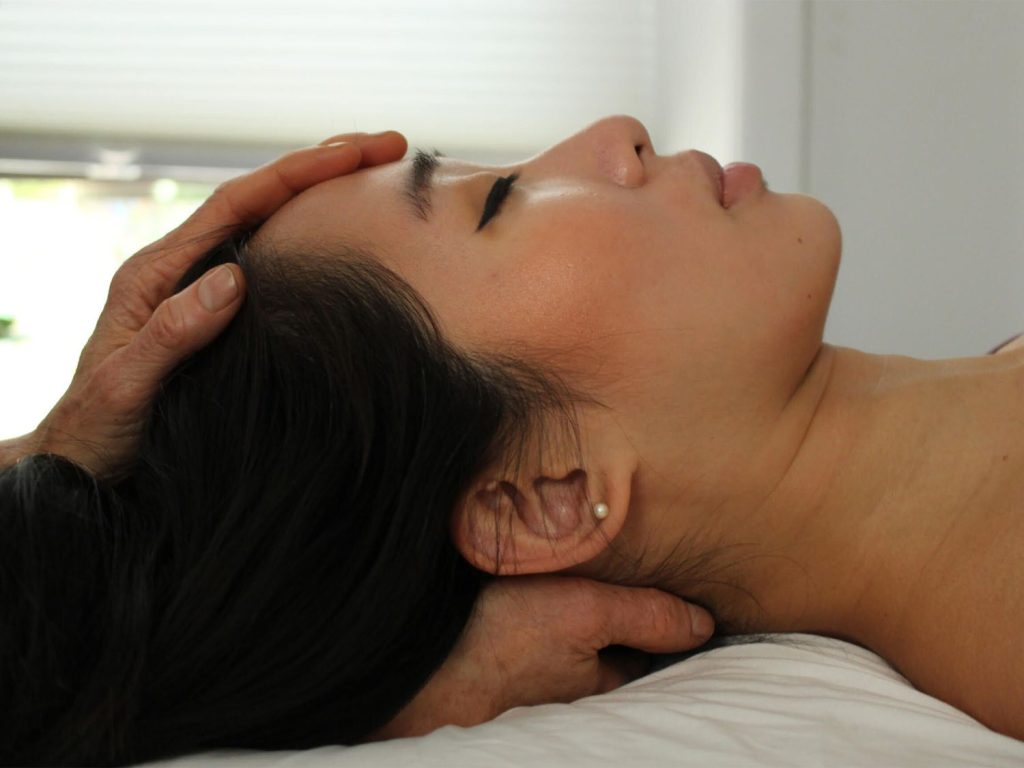Massage therapy is widely known for its physical benefits, such as relieving muscle tension, improving circulation, and promoting relaxation. However, massage also has a powerful emotional component that is often overlooked. Many individuals experience an emotional release during or after a massage session, which can lead to profound healing and self-discovery. In this article, we’ll explore the concept of emotional release in 신촌출장마사지 massage and its impact on well-being through six key points.
The Mind-Body Connection
The mind and body are intricately connected. Physical tension often reflects emotional or psychological stress and vice versa. When muscles are tense, it’s usually a response to mental or emotional strain. Over time, these tensions become embedded in the body, creating physical discomfort. Massage works to release these physical knots, which can, in turn, lead to the release of emotional stress stored in those areas. When a massage therapist works on these tension spots, it may trigger memories, feelings, or emotions that were buried or unprocessed. This release is a result of the body letting go of its defenses, allowing the mind to access and release the emotions tied to these areas. Understanding the mind-body connection highlights why massage can sometimes be an emotional experience beyond just physical relief.
The Role of the Parasympathetic Nervous System
Massage therapy activates the parasympathetic nervous system, also known as the rest and digest system. This activation helps to counterbalance the body’s response, which is responsible for the build-up of stress and tension. When the parasympathetic nervous system is engaged, the body is more receptive to relaxation, healing, and the release of suppressed emotions. In this state of relaxation, the mind becomes more open and willing to confront emotional wounds or stressors. The body’s natural healing process allows individuals to process these emotions in a safe and supportive environment. The parasympathetic response is one reason why some people may feel unexpectedly emotional during a massage, as it allows for a deep release that they might not experience in their everyday, often stressed state.
Emotional Release Techniques in Massage
Specific massage techniques are specifically designed to release emotions. Therapists might use approaches such as myofascial release, deep tissue massage, or trigger point therapy to access and work on more profound muscle layers and fascia, where emotions are believed to be stored. These methods can help unlock and release emotional energy trapped within the body. For example, during deep tissue massage, therapists target muscles and connective tissues that hold chronic tension. As these areas are manipulated, the body releases not only physical but also emotional strain. Clients may cry, laugh, or feel intense sensations during these sessions. This emotional response is a sign that the therapy is effectively working through the layers of physical and emotional tension.
The Therapeutic Environment and Trust
A critical factor in facilitating emotional release during massage is the environment in which the session takes place. Trust and safety are essential for clients to feel comfortable enough to let go of emotional barriers. A therapeutic environment, characterized by soft lighting, calming music, and a compassionate therapist, allows clients to feel secure and supported. The role of the massage therapist is crucial. A therapist’s empathetic and non-judgmental approach provides a space where clients can feel free to express their emotions without fear. This emotional safety allows clients to become more attuned to their feelings and encourages them to release suppressed emotions. The trusting relationship between the client and therapist is vital for this healing process to occur.
The Science Behind Emotional Release
Scientific research supports the idea that emotions can be stored in the body. Studies suggest that traumatic or emotionally significant events can create biochemical changes in the body, which manifest as muscle tension or pain. Massage helps release these biochemical imbalances by stimulating the muscles, fascia, and nervous system. Additionally, massage increases the production of endorphins and serotonin, chemicals in the brain that enhance mood and promote feelings of well-being. This hormonal shift can lead to the release of pent-up emotions as the body’s defenses are lowered. The combination of physical touch and the increase of positive neurochemicals explains why people may feel a sudden release of emotions during or after a massage session.
Processing and Integrating Emotional Release of Hapjeong Massage
Experiencing an emotional release during massage is a step toward healing, but understanding and processing these emotions is equally important. Clients may feel confused or overwhelmed when they experience unexpected emotions. Massage therapists 합정출장안마 often encourage clients to stay present with their feelings and breathe through their emotions rather than suppressing them. After a massage, some people may feel exhausted or emotionally sensitive. Clients need to allow themselves time to rest and reflect on their experience. Journaling or speaking with a counselor can help them process and integrate the emotions that surfaced during the session. This integration is crucial for lasting emotional and physical well-being, as it allows individuals to move forward with a greater sense of awareness and release from past emotional burdens.
In Summary
Understanding the emotional release in massage highlights the powerful connection between the body and mind. Far beyond just physical therapy, massage provides an opportunity for individuals to access and process deep-seated emotions, leading to holistic healing. By recognizing and accepting the emotional experiences that may arise during massage, clients can better appreciate the full therapeutic potential of this ancient practice.

